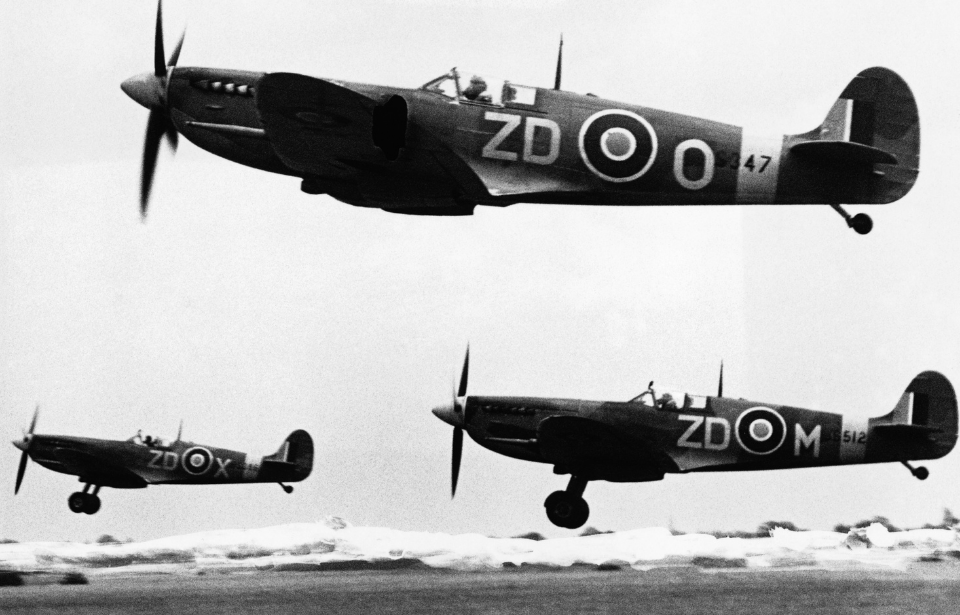Although she has been regarded as an aviation pioneer, only a handful of people know about Dame Fanny Lucy Houston. In fact, without Lady Houston, the Battle of Britain might have been entirely different. Here is the little-known story of how Lucy Houston saved the Spitfire from becoming obsolete.
Who was Lady Houston?
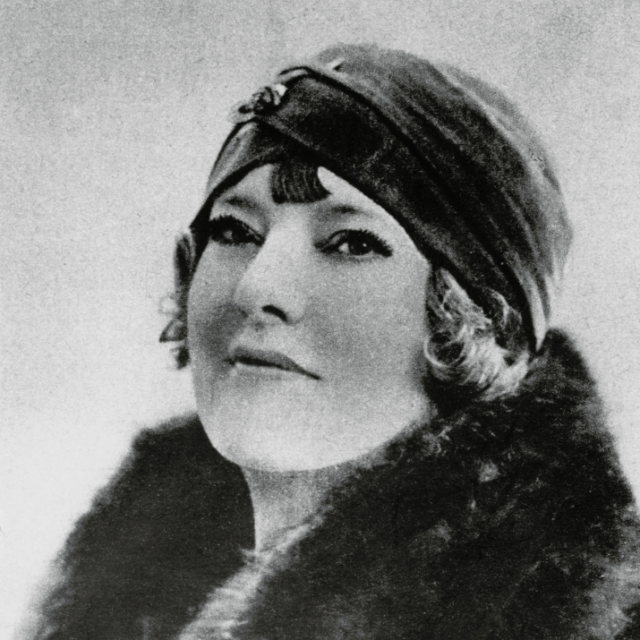
Fanny Lucy Radmill was born in Kennington, South London, in 1857. At 16, she was a chorus girl known as “Poppy” when she attracted the attention of a man named Frederick “Freddy” Gretton. Gretton’s family were co-owners of the Ball Brewery, making Freddy extremely wealthy. Lucy and Freddy never married, but they were together for ten years. Freddy Gretton died in 1882 at age 42, but before his death, he bequeathed her £6,000 a year for life- an enormous sum of money at the time.
Although Lucy was now financially set for life, she married the wealthy Theodore Frances Brinckman, the eldest son of Sir Theodore Brinckman, a baronet, in 1883. However, the marriage wasn’t meant to last, and the couple divorced in 1895. Lucy was remarried to George Frederick William Byron, 9th Baron Byron of Rochdale in 1901, but she really only got social status and nothing else from her second husband as he was already bankrupt.
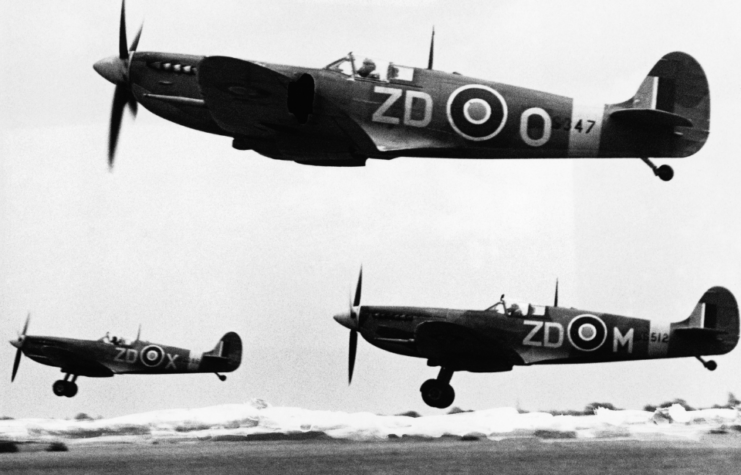
During the First World War, Lucy opened a rest home (known as the Bluebirds’ Nest) for nurses who had served on the Western Front. The Bluebirds’ Nest was up and running by 1915. Lucy also did other things to support the war effort, including sending 100,000 boxes of matches to troops in France after hearing soldiers at the front had cigarettes but no matches to light them with. She also sent 1,100 brown woolen pullovers to the 9th Battalion of the Bluffs, each accompanied by a card that “a warm greeting from Lady Byron.”
In 1917, Lucy was appointed Dame Commander of the Order of the British Empire for her creation of Bluebirds’ Nest. That same year, her husband Byron also passed away.
Lady Lucy and the spitfires
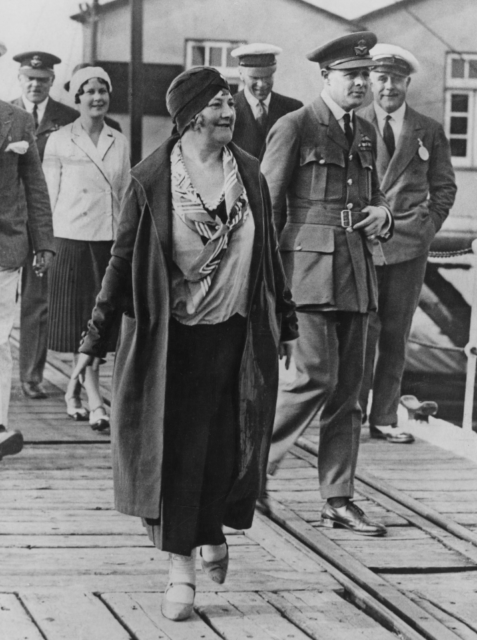
Lady Lucy really came into her own in the latter half of her life. After Byron’s death in 1917, she was a guest on the yacht of Sir Thomas Lipton when she met Sir Robert Houston. Houston was a wealthy shipping magnate and a Member of Parliament for West Toxteth. The two were married in December 1924.
After her marriage to Houston, the couple settled in Jersey to avoid paying taxes. However, Sir Robert Houston was poor in health when the couple got married in 1924 and ultimately passed away in 1926. When he died, he left Lady Lucy £5.5 million of his £7 million fortune. Lucy was now one of England’s wealthiest women and was ready to make a difference with her inherited money.
As Lucy’s third husband, Sir Robert Houston, declared in his will, Lucy had wonderful insights – especially when it came to politics. She (correctly) predicted that the Treaty of Versailles would not bring lasting peace to Europe but would just extend a weak truce. Similarly, Lady Lucy also believed that the inevitable next European conflict would be either won or lost in the air.
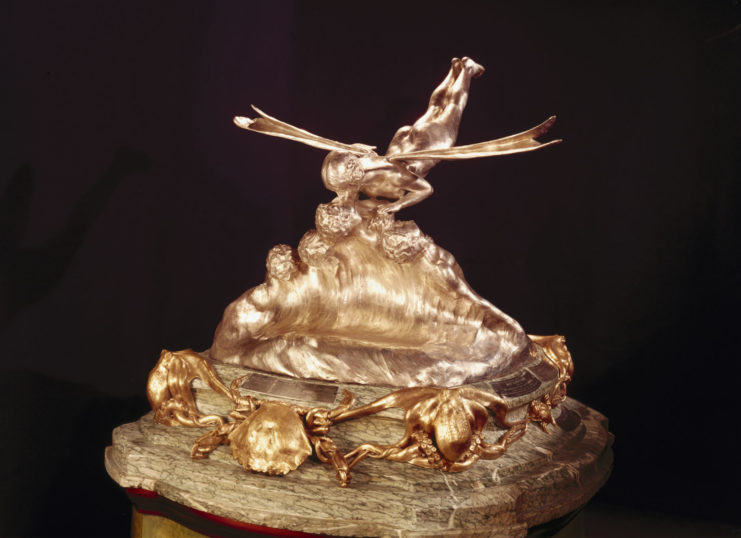
In 1929, Lucy had followed in the press the tale of the Schneider Trophy competition- a biennial international airspeed race that Britain had won for the second time in 1929. Britain was due to host the next competition in 1931, and if they won that year they could keep the Schneider Trophy for good. In 1929, then-Prime Minister Ramsay MacDonald had indicated that the government would support the 1931 competition, but by early 1931 the British government was back-pedaling. The government felt that in the midst of the Great Depression, the expenditure on this competition could not be justified. Without the British government’s support, it seemed almost certain that there would be no Schneider competition.
Because of the Great Depression and economic crisis gripping Britain, the British Cabinet vetoed any Royal Air Force involvement or Government funding in sporting events. This view was supported by the Marshal of the Royal Air Force, Sir Hugh Trenchard, who could see “nothing of value” in the competition nor in the development of high-speed aircraft.
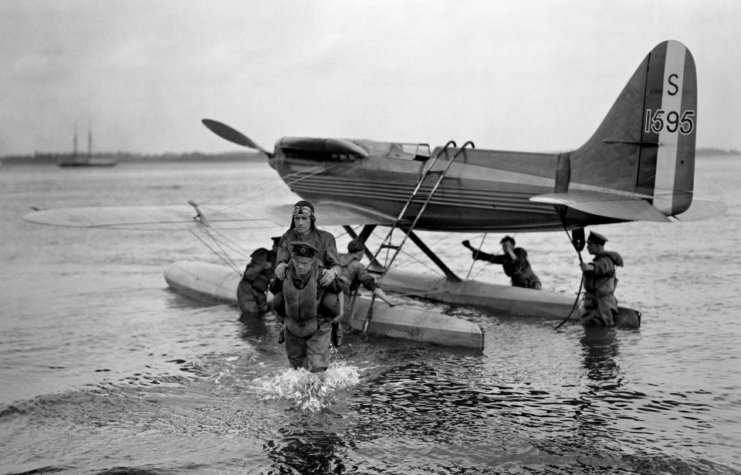
Upon hearing that the government would not financially back the RAF’s participation in the 1931 Schneider Trophy Race, Lady Lucy took it upon herself to pay whatever means necessary to ensure Britain was successful in this competition. Lady Lucy boldly declared that “every true Briton would rather sell his last shirt than admit that England could not afford to defend herself.” She ultimately paid £100,000 to the government to ensure British participation in the race.
With Lady Lucy’s financial backing, Rolls Royce developed a new engine, and R.J. Mitchell and his team at Vicker-Supreme were able to design the winning Supermarine S6.B aircraft. Not only did the S6.B win the 1931 Schneider Trophy, but it has been hailed as giving the necessary momentum for the development of the Supermarine Spitfire- which protected England during the Second World War.
Without Lady Houston’s funding, R.J. Mitchell’s design team would not have gained experience in producing high-speed aircraft that would later become the Spitfire fighter. Unfortunately, Lady Lucy never saw the Spitfire come to fruition, as she died on December 29, 1936.
